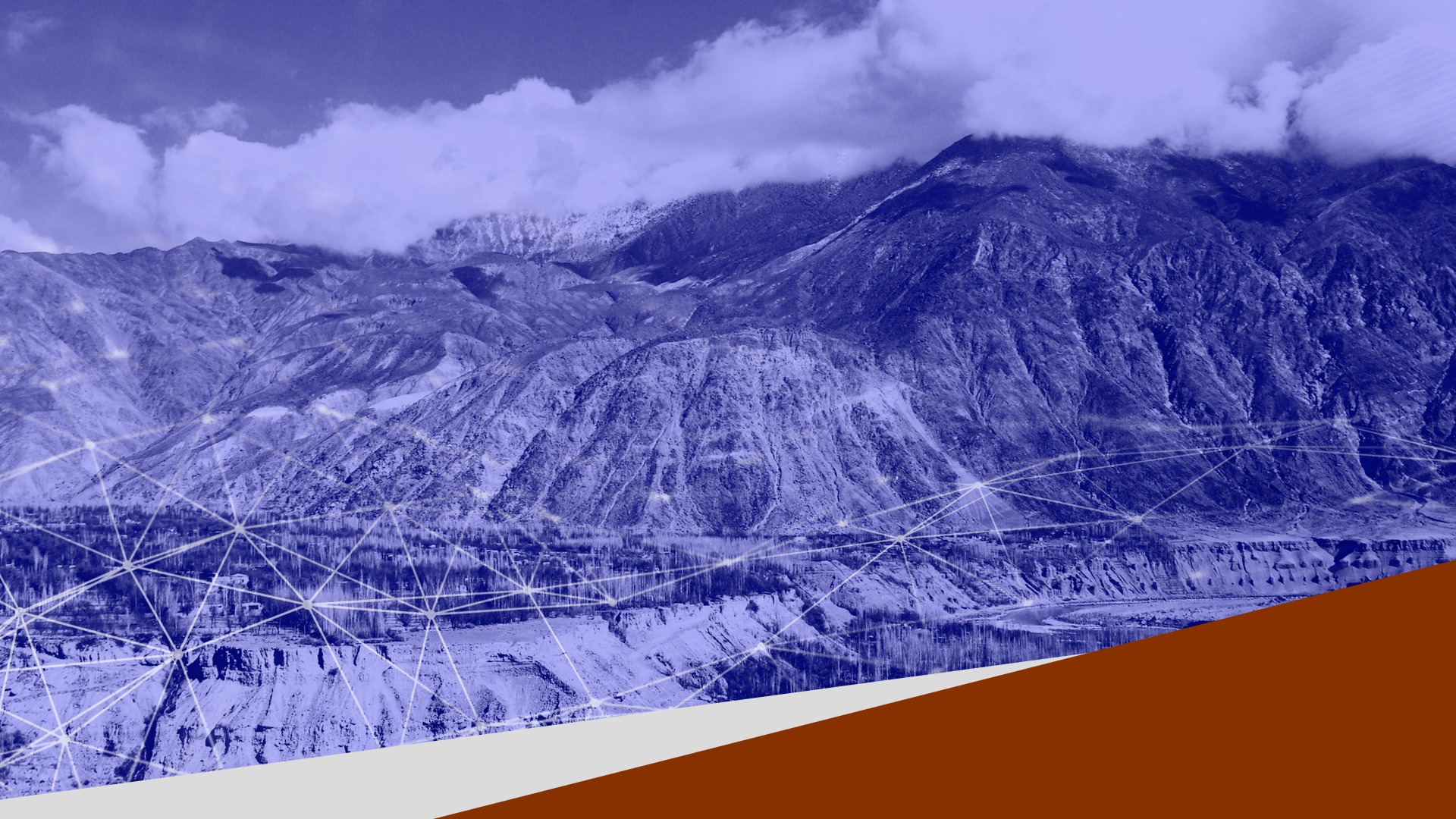Understanding the Nuclear Landscape in Southern Asia
Understanding the Nuclear Landscape in Southern Asia: Complexities and Possibilities
Click here to download the full report.
Manpreet Sethi offers recommendations for policymakers in southern Asia to better manage the risks and challenges inherent in the nuclear security balance between China, India, and Pakistan in this special report published in the Journal for Peace and Nuclear Disarmament.
The nuclear playground in Southern Asia is marked by an exceptional level of complexity. A number of players; their disparate thinking on how to establish deterrence; nuclear dyads that elongate into strategic chains; inter-twining of nuclear issues with conventional, space, cyber realms; disparities in military capabilities; historical animosities accentuated by unresolved territorial conflicts; divides that spawn ideologies, religions and civilizational issues; all make for an immensely complex situation. The consequent regional nuclear dynamics has fair potential for crisis and arms race instability. As a way to address the regional nuclear challenges, the paper explores the character of Pakistan–India and China–India nuclear dyads along three specific axes: drivers of conflict; points of commonalities, similarities and differences; and implications of these for their nuclear stockpiles. Armed with this understanding, it then offers some policy recommendations to address the concomitant dangers.
This report was produced under the China-India-Pakistan Nuclear Trilemma project, a collaboration between the Asia-Pacific Leadership Network and the Toda Peace Institute. The initiative is an effort at mapping the contours of China, India, and Pakistan’s nuclear relationship, identifying the key drivers of conflict, and exploring practical measures for nuclear risk reduction, crisis stability, and confidence building amongst the three countries.
About the Author
Dr Manpreet Sethi is a Distinguished Fellow at the Centre for Air Power Studies, New Delhi, where she leads the project on nuclear security. She is an expert on a range of nuclear issues, having published over 80 papers in academic journals of repute. Over the last 18 years, she has been researching and writing on subjects related to nuclear energy, strategy, non-proliferation, disarmament, arms and export controls, and BMD. Her current focus areas include nuclear security instruments (UNSCR 1540, summits, treaties and laws, PSI, CSI, etc) and nuclear governance (regimes and architecture). Sethi is the author of the books Code of Conduct for Outer Space: Strategy for India (2015), Nuclear Strategy: India’s March towards Credible Deterrence (2009), and Argentina’s Nuclear Policy (1999) as well as the co-author of India’s Sentinel (2014), Nuclear Deterrence and Diplomacy (2004), and editor of Towards a Nuclear Weapons Free World (2009), Global Nuclear Challenges (2009) and Nuclear Power: In the Wake of Fukushima (2012).
She has successfully completed a Postdoctoral Fellowship at the Centre de Sciences Humaines and published occasional papers on “Second Tier Nuclear States: India’s Nuclear Strategy” and “The French Nuclear Energy Experience: Lessons for India”. In May 2015, she completed the two-year ICSSR fellowship during which she worked on the Code of Conduct for Outer Space. Sethi lectures regularly at leading establishments of Indian Armed Forces, Police and Foreign Services. A member of the Prime Minister’s Informal Group on Disarmament in 2012, she has been part of the country’s Track II initiatives. She is also a member of the Executive Board of the Indian Pugwash Society and a Consultant with the global Nuclear Abolition Forum. Sethi is a recipient of the prestigious K Subrahmanyam award, a national honour conferred by the IDSA on a scholar for excellence in strategic and security studies.
Disclaimer: The opinions articulated above represent the views of the author(s) and do not necessarily reflect the position of the Asia-Pacific Leadership Network or any of its members. The APLN’s website is a source of authoritative research and analysis and serves as a platform for debate and discussion among our senior network members, experts and practitioners, as well as the next generation of policymakers, analysts and advocates. Comments and responses can be emailed to apln@apln.network.
Image Description: Karakoram mountain at the tri-junction of India, China and Pakistan.
Photo/Design: iStock-Ghulam Hussain/ Sun-young HWANG.

